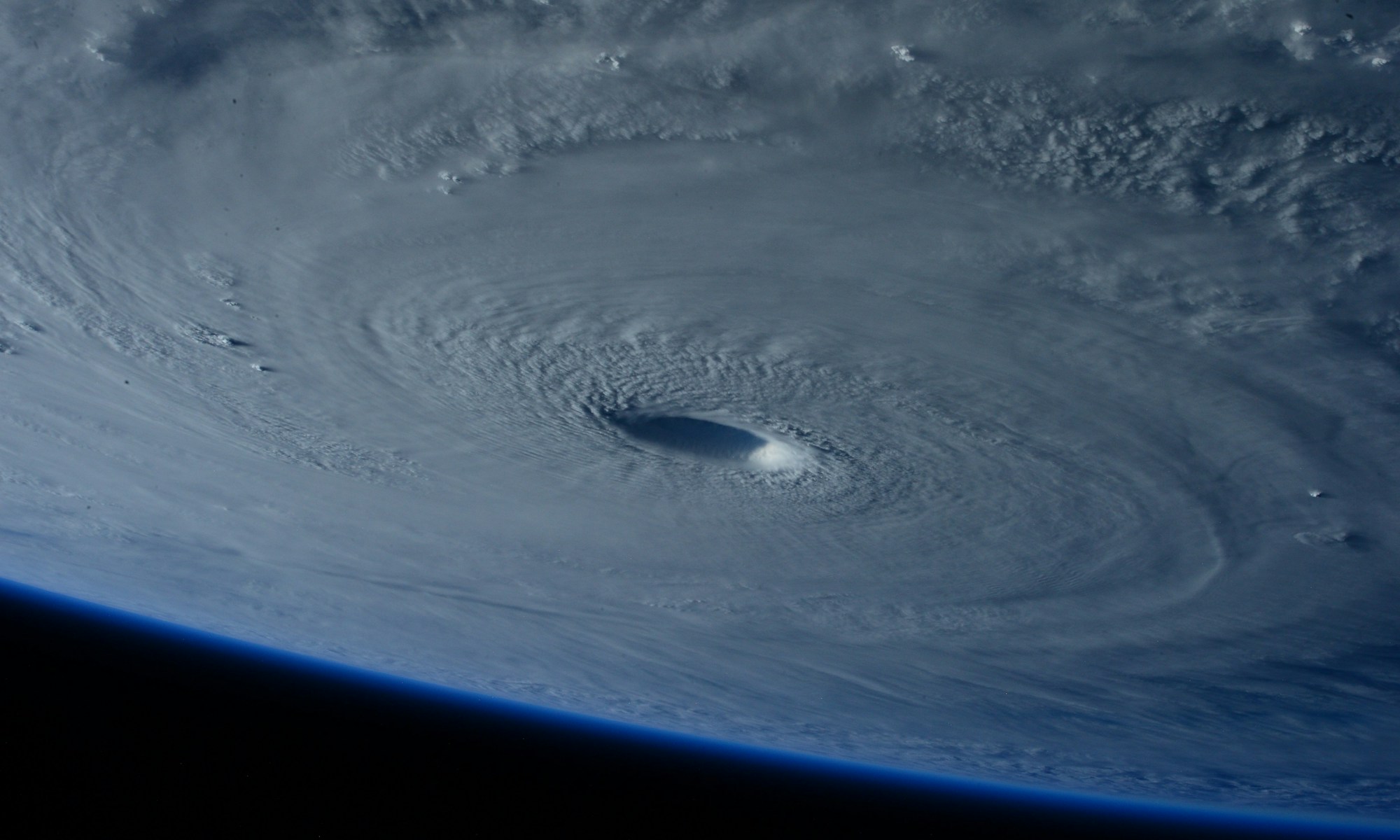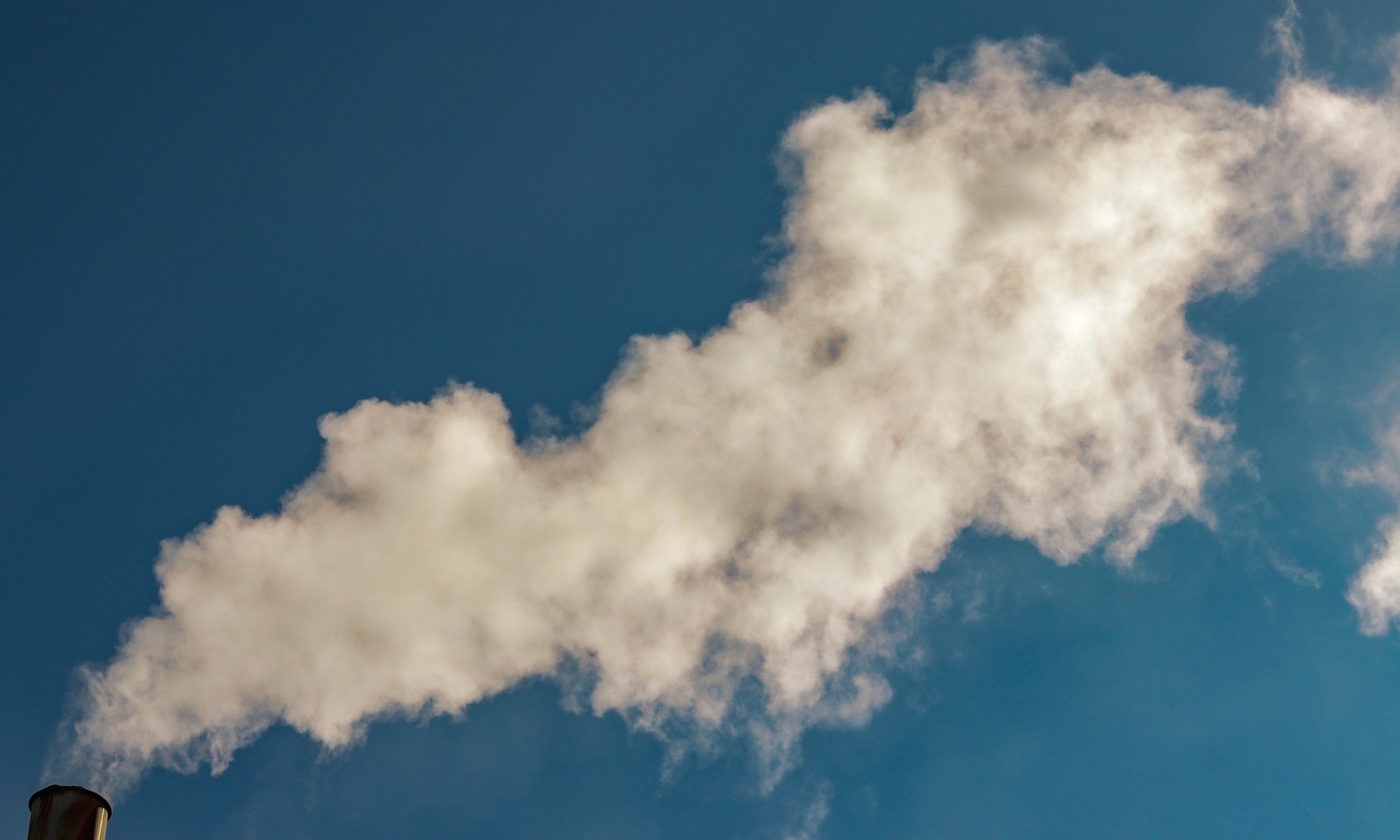10 January 2023 – by Cosmo Sanderson
Over two million people have been uprooted in the Horn of Africa as the region suffers its worst drought for generations.
UNICEF last month released the latest estimate of how many people have been internally displaced by the drought across Ethiopia, Kenya and Somalia.
Other bleak statistics released by the children’s aid agency are that over 20 million children are threatened by severe hunger, thirst and disease – up from 10 million in July.
Nearly two million children in those three countries are thought to need urgent treatment for severe acute malnutrition, which UNICEF says is the deadliest form of hunger. A further four million children are at risk of dropping out of school.
This has been caused through a combination of the climate crisis, conflict, global inflation and grain shortages that continue to “devastate” the region, says UNICEF.
“While collective and accelerated efforts have mitigated some of the worst impact of what had been feared, children in the Horn of Africa are still facing the most severe drought in more than two generations,” said Lieke van de Wiel, UNICEF deputy regional director for Eastern and Southern Africa.
In a report published last month, the NASA Earth Observatory went further in saying that the Horn of Africa is experiencing the “longest and most severe drought on record”.
To make matters even worse, UNICEF says the region is now facing an “unprecedented” fifth consecutive failed rainy season, with a poor outlook for the sixth as well.
Last year, the International Organization for Migration launched a new project to provide emergency relief to those displaced by the crisis in Somalia.
Elsewhere in Africa, including South Sudan and Nigeria, erratic weather conditions have led to devastating floods that have also resulted in mass displacement.
The World Bank has previously predicted that there will be 85.7 million climate migrants in sub-Saharan Africa by 2050.












